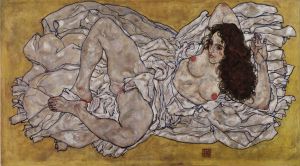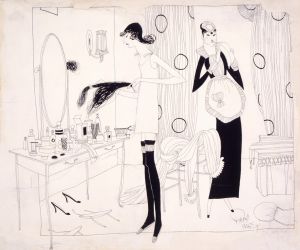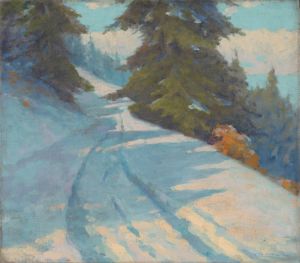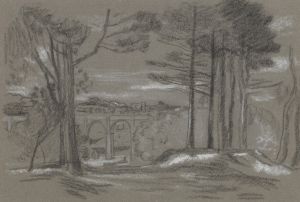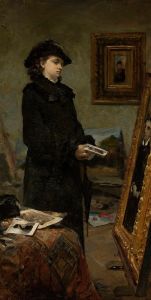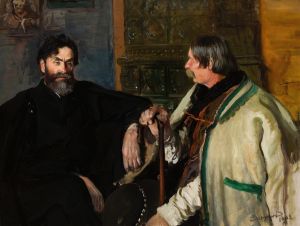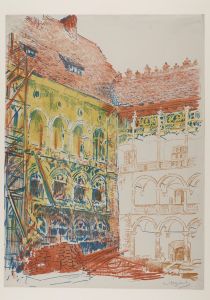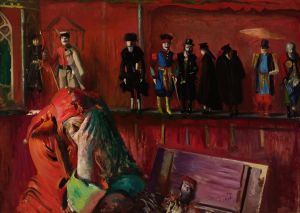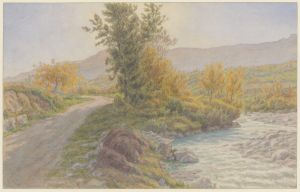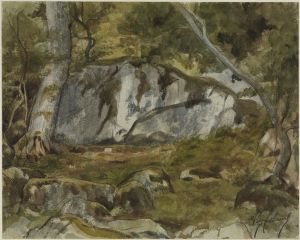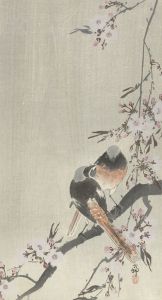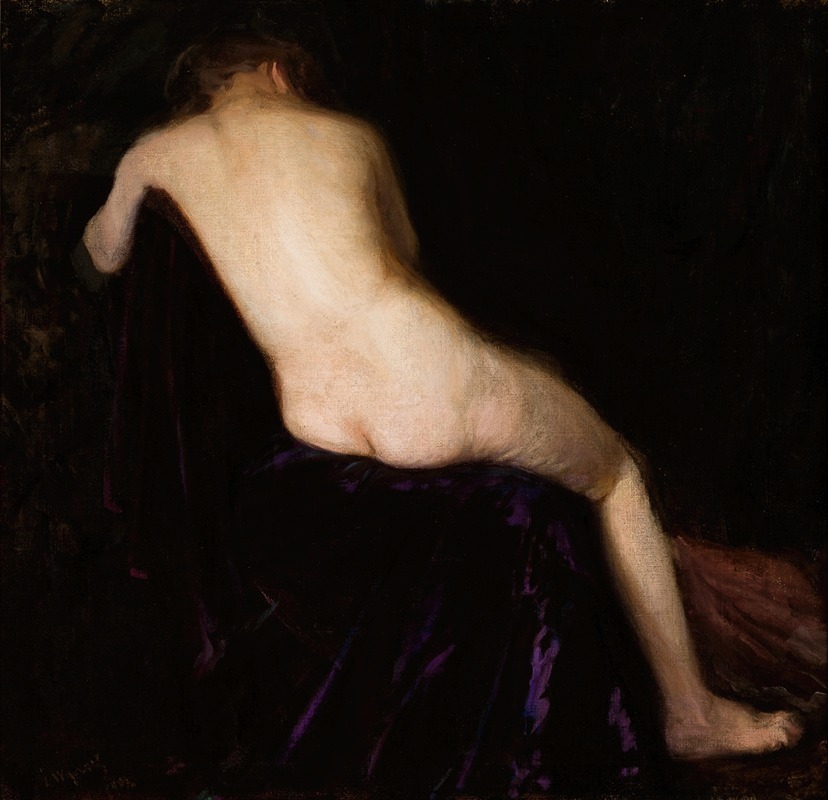
Female Nude
A hand-painted replica of Leon Wyczółkowski’s masterpiece Female Nude, meticulously crafted by professional artists to capture the true essence of the original. Each piece is created with museum-quality canvas and rare mineral pigments, carefully painted by experienced artists with delicate brushstrokes and rich, layered colors to perfectly recreate the texture of the original artwork. Unlike machine-printed reproductions, this hand-painted version brings the painting to life, infused with the artist’s emotions and skill in every stroke. Whether for personal collection or home decoration, it instantly elevates the artistic atmosphere of any space.
Leon Wyczółkowski was a prominent Polish painter and graphic artist, known for his contributions to the Young Poland movement. Born on April 11, 1852, in Huta Miastkowska, Poland, Wyczółkowski's works spanned various genres, including portraits, landscapes, and still lifes. Among his diverse body of work is the painting "Female Nude," which exemplifies his skill in capturing the human form.
"Female Nude" by Leon Wyczółkowski is a notable example of his exploration of the human body and his ability to render it with both realism and sensitivity. The painting features a female figure, depicted with a keen attention to anatomical detail and a delicate use of light and shadow. Wyczółkowski's technique in this piece reflects his academic training and his interest in the naturalistic representation of the human form.
Wyczółkowski studied at the School of Fine Arts in Warsaw and later at the Academy of Fine Arts in Munich, where he was influenced by the realist tradition. His education provided him with a strong foundation in drawing and painting, which is evident in the precise and lifelike quality of "Female Nude." The painting demonstrates his mastery of the human anatomy and his ability to convey the subtleties of the skin and musculature.
Throughout his career, Wyczółkowski was associated with the Young Poland movement, which sought to break away from the academic conventions of the time and embrace a more modern and expressive approach to art. This movement was characterized by its emphasis on individualism, symbolism, and a connection to Polish cultural identity. While "Female Nude" is more aligned with traditional realist techniques, it also reflects the broader artistic trends of the period, including a focus on the expressive potential of the human body.
Wyczółkowski's work was well-regarded during his lifetime, and he received numerous accolades for his contributions to Polish art. He was a member of the prestigious Society of Polish Artists "Sztuka" and was involved in various artistic circles in Poland and abroad. His paintings were exhibited in major European cities, including Paris, Vienna, and Munich, where they were met with critical acclaim.
In addition to his achievements as a painter, Wyczółkowski was also an accomplished graphic artist and printmaker. He experimented with various techniques, including lithography and etching, and his prints often featured similar themes to his paintings, such as landscapes, portraits, and studies of the human figure.
"Female Nude" remains an important work within Wyczółkowski's oeuvre, showcasing his technical proficiency and his ability to capture the beauty and complexity of the human form. The painting is a testament to his skill as an artist and his contribution to the development of Polish art in the late 19th and early 20th centuries.
Leon Wyczółkowski continued to create art until his death on December 27, 1936, in Warsaw, Poland. His legacy endures through his extensive body of work, which continues to be studied and appreciated by art historians and enthusiasts alike. "Female Nude" stands as a significant example of his artistic achievements and his enduring influence on the Polish art scene.





